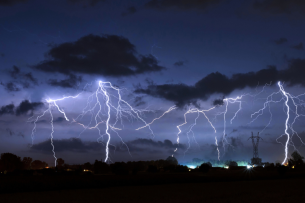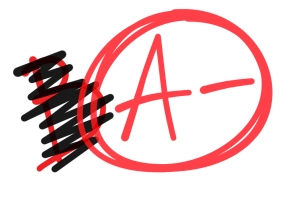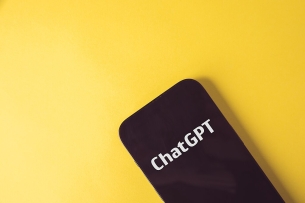Filter & Sort

Looking Back on a Stormy Summer
The story of summer 2023 is one of declining access and opportunity, Mary Dana Hinton writes.

The Case for Corequisite Support in Dual Enrollment
Corequisite supports could reduce inequities in what’s proven to be an important pathway for preparing students to enroll and succeed in college, Jennifer Zinth and Elisabeth A. Barnett write.
Gen Z and the Humanities
Post-pandemic cohorts of incoming students may have unique reasons for being drawn to the humanities, Randy Laist writes.

Behind Declining Standards in Higher Ed
A “broke-woke-stroke” convergence may be to blame, Mark Horowitz, Anthony L. Haynor and Kenneth Kickham write.

Time to Get Real About Tuition
The high-tuition, high-discount model is no longer serving most private colleges—or higher education as a whole, David Bushman writes.

ChatGPT Calls for Scholarship, Not Panic
The truth is that we don’t really know (yet) how students are engaging with ChatGPT, Andrew C. Higgins writes.

No, There’s No Free Speech Crisis
The “speech crisis” narrative is incorrect, even as it risks becoming a self-fulfilling prophecy—and even as lawmakers use it to hammer higher ed, Elizabeth Niehaus writes.

Toward a More Equitable Research Enterprise
Sharing the wealth in terms of federal research dollars would improve the quality of education for many students and increase U.S. competitiveness, Kim Wilcox writes.
Pagination
Pagination
- 35
- /
- 765